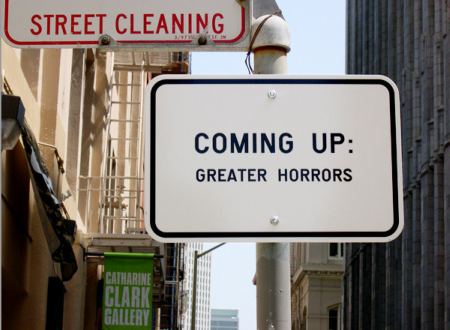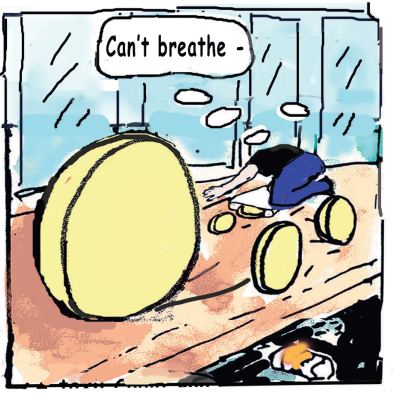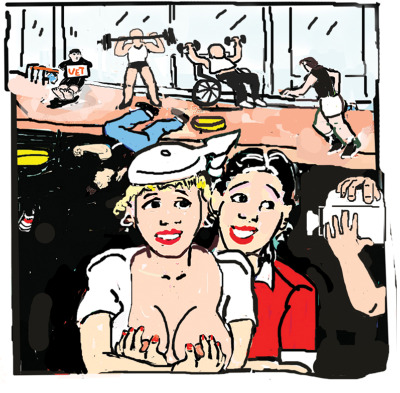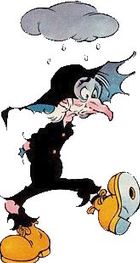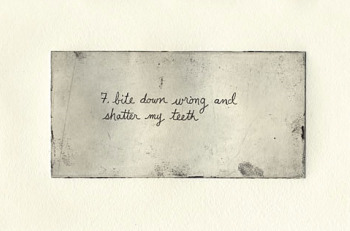Alastair Macaulay’s essay about the kind of ballroom dance found on TV shows – Ballroom: More Sexily, Less Strictly – speaks to the radical divide between high dance and low:
Not So Strictly On TV — the British reality series “Strictly Come Dancing,” which began
in 2004, and the American “So You Think You Can Dance,” which started
in 2005 — we see all the good-humored hard work that both sexes put
into performing ballroom.
In such a context I only occasionally pause to consider that their
endeavor itself is gross….
The little I see of “So You Think You Can Dance” and “Strictly Come
Dancing” tends to put me off watching more; the camera angles seldom
help you judge footwork; the whole climate feels manipulative; and the
dances themselves aren’t those I’d want good performers to learn…
What makes me wretched is that all these stunts, acrobatics,
point-scoring and flashy displays of sexual availability are what
matter. Musicality, phrasing, intimacy and actual sensuousness are what
don’t.
The little he sees of it. Ordinarily, admitting that you haven’t seen what you’re attacking is not thought of as good form.
And yet Apollinaire Scherr rushed to agree, here.
I’ve been wanting to write this piece forever, and probably because I
knew it would seem hopelessly snobby–I can’t tell you how many people
whose only exposure to dance are these shows ask me eagerly what I
think of them–somehow haven’t. I just say I haven’t watched them much,
which is true enough, but the reason is that they give me a
stomachache.
I just say I haven’t watched them much, which is true enough…
I’m not going to defend Dancing With the Stars. It’s amateur hour with coaches. But So You Think You Can Dance? There are dancers on that show qualified to be in any contemporary company in existence. Some of the choreography is corny and over-the-top, but far from all of it.
Alastair Macaulay is not only a good writer. He’s the only full-time dance critic employed at a newspaper in the United States. He has weight. I can’t imagine why he wants to swing it at a target he hasn’t seen.
What is it with dance critics? Do they dream of divine forms they can’t bear to see sullied by daily life?
When Arlene Croce attacked Bill T. Jones’ Still/Here in 1995, with an (unlinkable) essay that began, “I have not seen Bill T Jones’ Still/Here and have no plans to review it,” she besmirched her career, not his, because what followed was a review of Jones’ meanings as she misunderstood them. (Her piece discussed here.)
Macaulay more recently wrote a lovely piece about Fred Astaire and Ginger Rogers, here. Had he been watching So You Think You Can Dance, however, he’d have known that Benji Schwimmer, dancing below with his cousin, Heidi Groskreutz, won first place on the show in 2006. Instead of maintaining that its dancers lack “musicality, phrasing, intimacy and actual sensuousness,” Macaulay would have seen a genuine heir to Astaire.






